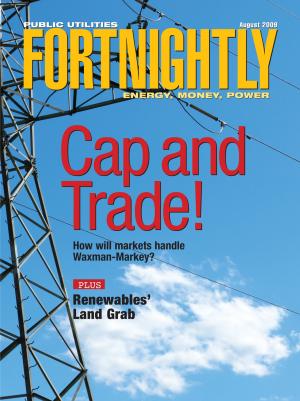How much efficiency do ratepayers need—and utilities want?
Bruce W. Radford is publisher of Public Utilities Fortnightly.
When the applause dies down, the smart grid may turn out to be its own worst enemy. The California Independent System Operator (CAISO) explained this irony in comments it filed in May, after the FERC asked the industry for policy ideas on the smart grid.

On one hand, noted CAISO, the smart grid can improve reliability by “linking together more parts of the transmission and distribution system,” thereby creating “greater visibility over the electric grid and helping grid operators localize outage disruptions and prevent cascading failures.”
But by creating more linkages, said CAISO, system security can become weaker, increasing the risk of outages from “ill-intentioned actions.”
As CAISO notes, these additional linkages can force grid-system operators like ISOs and RTOs to become responsible for maintaining the security of systems that are beyond their control.
“Without proper regard for cyber security,” it warns, “the smart grid poses the danger of creating a one-step-forward, two steps-back circumstance.”

